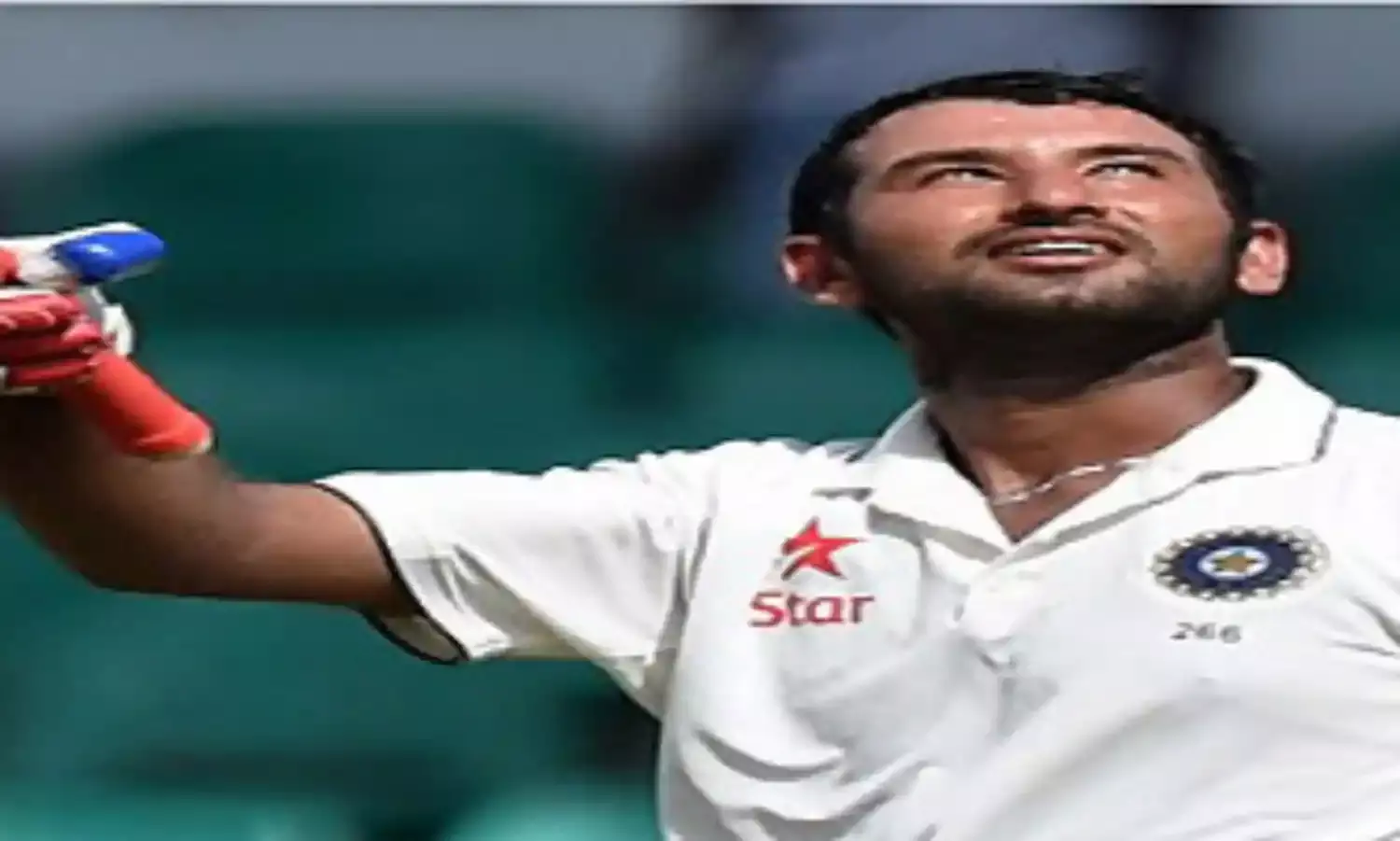Old-fashioned Cheteshwar Pujara MUST in Indian Test set-up
Leave him alone to play

NOTTINGHAM:Test cricket is a test of persistence and skills, right?
If yes, then why do people curse Cheteshwar Pujara for being old-fashioned? Perhaps in this age of modern-day Test cricket, where teams tend to score runs at a faster pace, Pujara with a strike-rate of 47.19 finds himself cornered. But scoring at a slower pace is not a crime, especially in this era when Test matches hardly last till Day 5 and bowlers get enough time to pick up the 20 opposition scalps. Also, on difficult conditions, especially overseas, often Pujara’s old-fashioned grind had bailed India out of trouble in the past.
In past five years, India have won only two Test matches in SENA (South Africa, England, New Zealand and Australia). Lord’s 2014 and Johannesburg 2018. On both occasions, batting under extreme conditions, Pujara had an important role to play.
Yes, Pujara hasn’t scored mountains of runs overseas but his contributions should also be measured in terms of balls faced. The longer he bats against the new ball, the easier it is for the rest to get runs in the latter half of the innings. Also, we often tend to forget that on a bowling-friendly track a gutsy 50 can be as valuable as a flamboyant hundred on flat decks at home.
Well, Pujara is like a desk person in the newsroom, who edits and makes a piece more readable but the credit always goes to the reporter, under whose byline the story gets published.
Nevertheless, since January 1, 2015, till the start of the ongoing Test at Trent Bridge, Pujara had scored 2562 runs in 33 matches at 51.24, second highest by an Indian after Virat Kohli. Still, coming into this series in England, there were talks of looking beyond him, because of his recent overseas record (average of 14.66 in past nine innings) as well as his poor form in county cricket this season.
Such a pity! Isn’t it?
Pujara was dropped from the XI in the first Test at Edgbaston. At Lord’s he was recalled and on both innings he seemed like the most comfortable Indian batsman on those extreme batting conditions. Unfortunately, he couldn’t make the most of the starts he got there. In fact, in the first innings at Trent Bridge the Saurashtra batsman did make a positive beginning but got out caught at fine leg, playing a horrendous and uncharacteristic hook shot just before Lunch on Day 1.
Thus, in his own admission when he came out to bat in the second innings, Pujara felt the pressure. "Yes [I did feel pressure]. To be honest there is always some pressure especially when you have not scored too many runs,” he said following his career-saving 72 at Trent Bridge.
One cannot argue that with his old-school approach, the solidity Pujara provides at the fragile (mostly in overseas conditions) Indian top order is invaluable in this team’s gameplan considering the fact that most of the other batsmen like to play the flamboyant game. Yes, scoring runs in the most important aspect of any form of cricket, but in the five-day format minutes spent at the crease, especially against the new ball does play a crucial role in the outcome of the match as well.
In hindsight, there is no denial that at times Pujara has a tendency of going into a shell, even if he is settled at the crease. There is a little bit of rectification needed on this aspect of his game. But for the best interest of Indian cricket, Pujara should be left alone to play the game in which he is comfortable with.



